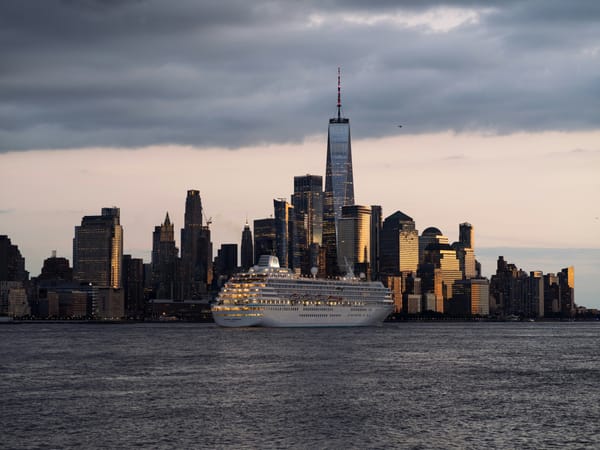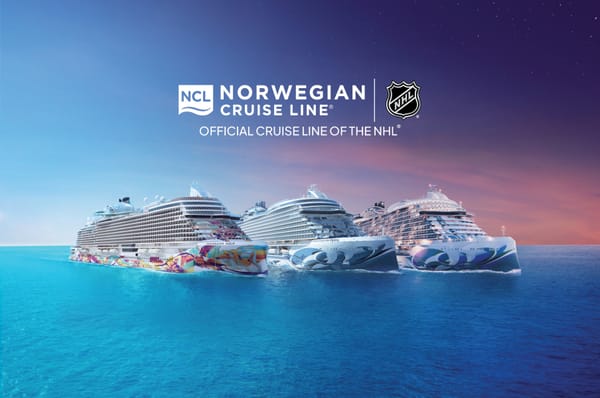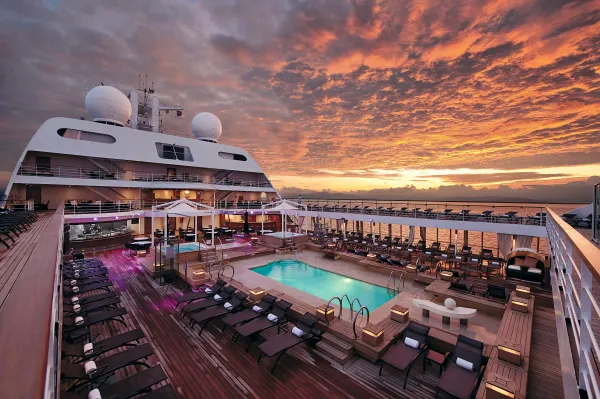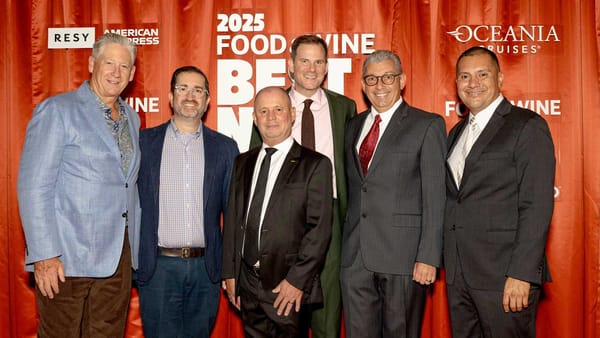MSC Unveils Gaudí-Inspired, Sustainable Cruise Terminal in Barcelona
The new MSC Barcelona Terminal blends sustainable engineering with Gaudí-inspired architecture, supporting cleaner port operations and reinforcing Barcelona’s approach to responsible tourism growth.
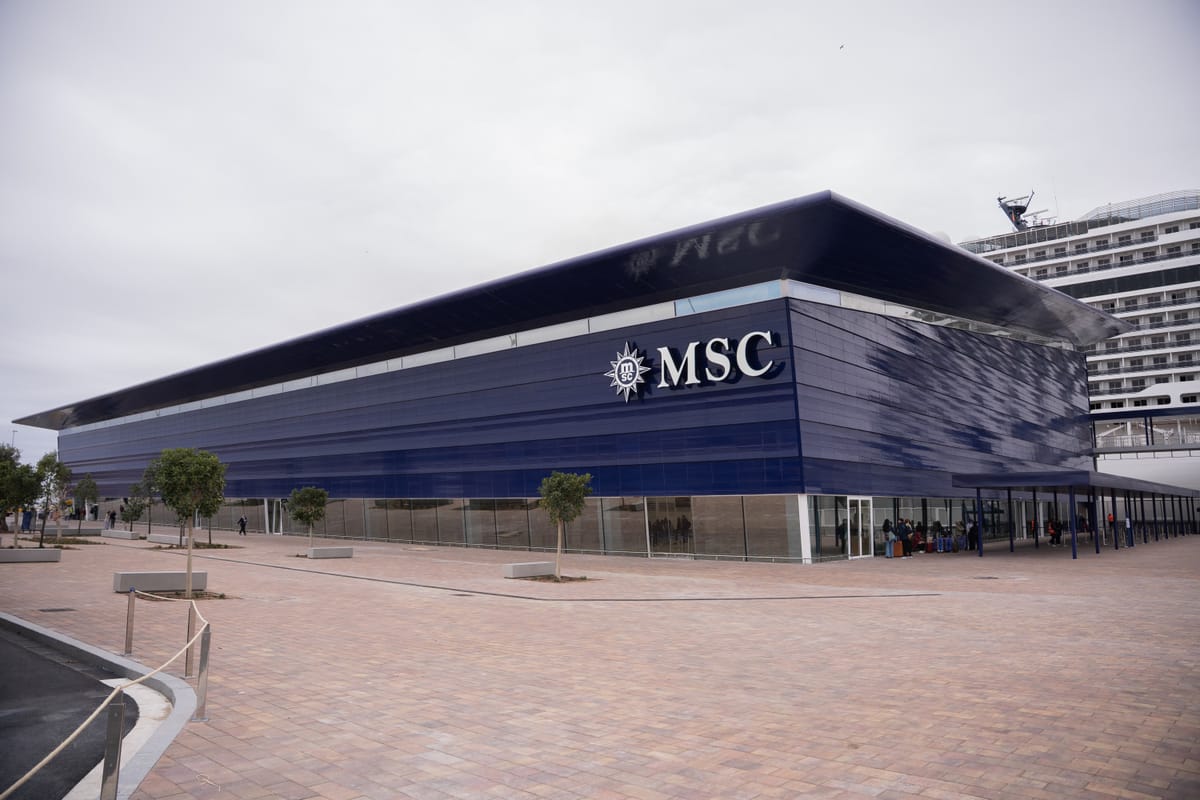
On April 3, 2025, the MSC Group officially inaugurated its new MSC Barcelona Terminal during the maiden port call of Explora II, the luxury vessel operated by Explora Journeys. The ceremony was attended by high-ranking Spanish government representatives, including the State Secretary for Transport and Sustainable Mobility, alongside local authorities and MSC Group executives such as Pierfrancesco Vago, Gianluca Suprani, and Anna Nash. Speeches highlighted the facility’s role in modernizing port infrastructure, promoting sustainable travel, and contributing to Barcelona’s economic development.
Focus on Infrastructure and Sustainable Design
Designed by the Catalan firm Ricardo Bofill Taller de Arquitectura, the terminal showcases architectural and engineering elements inspired by Antoni Gaudí. Passengers benefit from multiple waiting lounges, expanded retail areas, and an exclusive VIP lounge for premium cruisers, enhancing the overall travel experience. Photovoltaic panels, abundant natural light, and a rainwater collection system reduce resource consumption, helping the facility achieve Gold Leadership in Energy and Environmental Design (LEED) certification.
Looking ahead, by 2027 the terminal plans to introduce shore-to-ship power technology that allows docked vessels to connect to the local electricity grid, significantly cutting emissions. Meanwhile, the terminal is equipped for liquefied natural gas (LNG) bunkering, reflecting wider industry moves toward cleaner maritime fuels.
Strategic Role and Operations
The MSC Barcelona Terminal will support at least five MSC Cruises ships in 2025, including MSC World Europa, MSC Seaview, MSC Seaside, MSC Magnifica, and MSC Orchestra, while Explora II will make regular calls for the upscale Explora Journeys brand. MSC executives emphasize that this port infrastructure strengthens the company’s commitment to Barcelona as a key Mediterranean hub.
Pierfrancesco Vago, executive chairman of MSC Group’s cruise division, said, “The new terminal is not just an investment in modern port infrastructure but demonstrates that we are aligned with the city’s strategy for a more balanced and sustainable model of tourism, all while bringing positive economic benefits to the region.” He also noted that the initiative complements Barcelona’s vision for responsible tourism, highlighting ongoing efforts to minimize environmental impact while maximizing economic gains.
Barcelona’s Approach to Cruise Tourism
With 3.6 million cruise passengers passing through in 2024, Barcelona has taken steps to manage visitor flow and alleviate congestion. The city currently limits cruise arrivals to seven vessels at a time and bans docking at the World Trade Center area and Muelle Barcelona Norte, aiming to reduce emissions and crowding in central zones. Over 60% of MSC Cruises’ global fleet is already equipped with shore power capabilities, aligning with local policies to curb air pollution and enhance sustainability. According to company representatives, ongoing collaboration with local officials aims to balance growth in the cruise sector with broader community interests.
Frequently Asked Questions (FAQs)
Why was the MSC Barcelona Terminal developed?
MSC Group built the terminal to expand operations in one of Europe’s largest ports and align with Barcelona’s drive for more sustainable tourism. This modern facility supports both MSC Cruises and Explora Journeys itineraries and bolsters economic activity.
Which ships will call at the new terminal in 2025?
Five MSC Cruises ships, including MSC World Europa, MSC Seaview, MSC Seaside, MSC Magnifica, and MSC Orchestra, will homeport there. Explora II from the Explora Journeys brand will also make regular visits.
What sustainable features does the terminal have?
The project incorporates photovoltaic panels, extensive natural light, and a rainwater collection system, all contributing to its Gold LEED certification. Shore-to-ship power connectivity is expected by 2027, allowing vessels to shut down their engines when docked.
How is Barcelona regulating cruise tourism?
The city limits cruise ship arrivals to seven at a time and has banned certain docking points in central areas. These measures aim to reduce urban congestion, manage visitor flow, and lower emissions.
When will the shore power infrastructure be operational?
Shore-to-ship power connections are planned to be in place by 2027. This system enables ships to draw power directly from the local grid, significantly curtailing port-area emissions.
As construction continues and community feedback remains positive, the new MSC Barcelona Terminal marks a significant milestone in the city’s ongoing efforts to welcome visitors responsibly while protecting local environmental and cultural interests.

